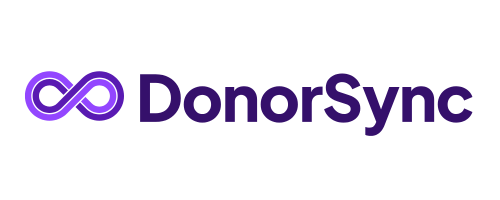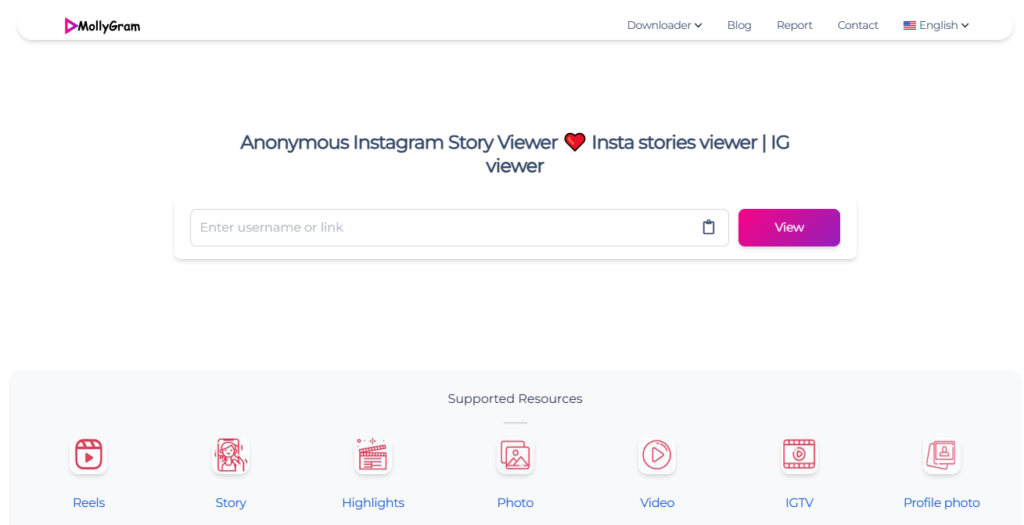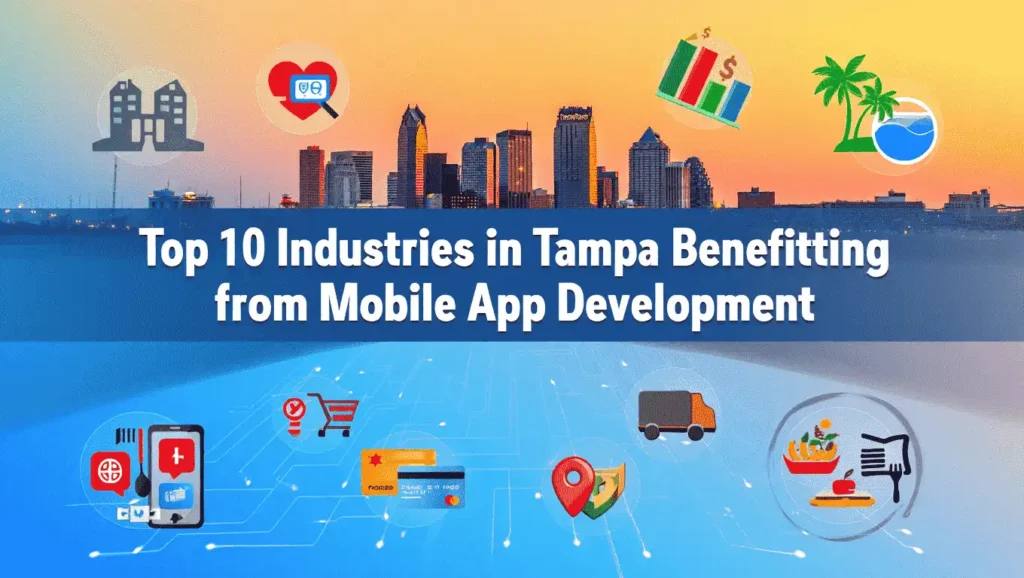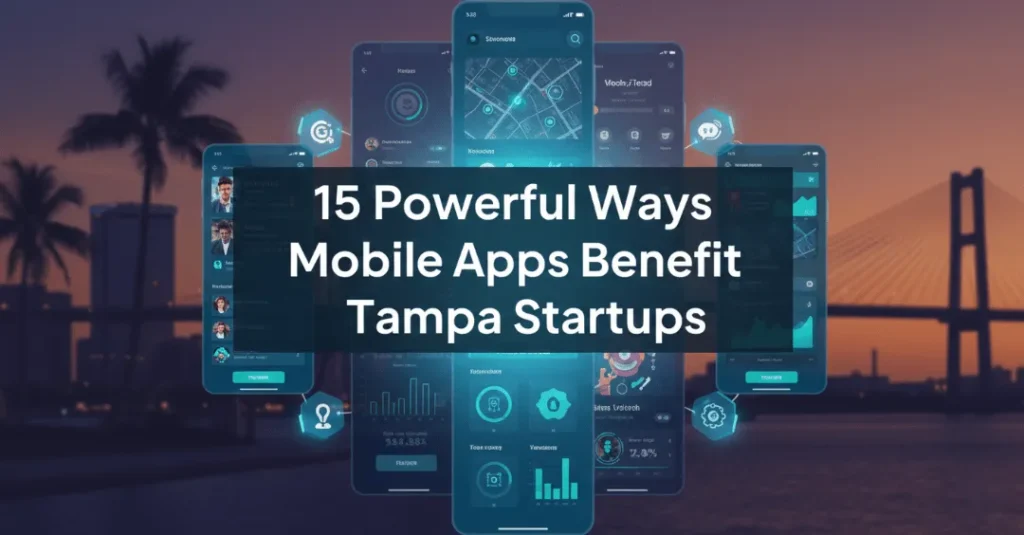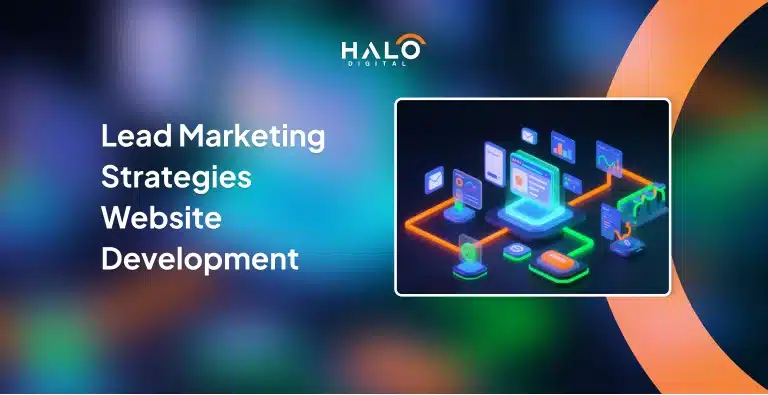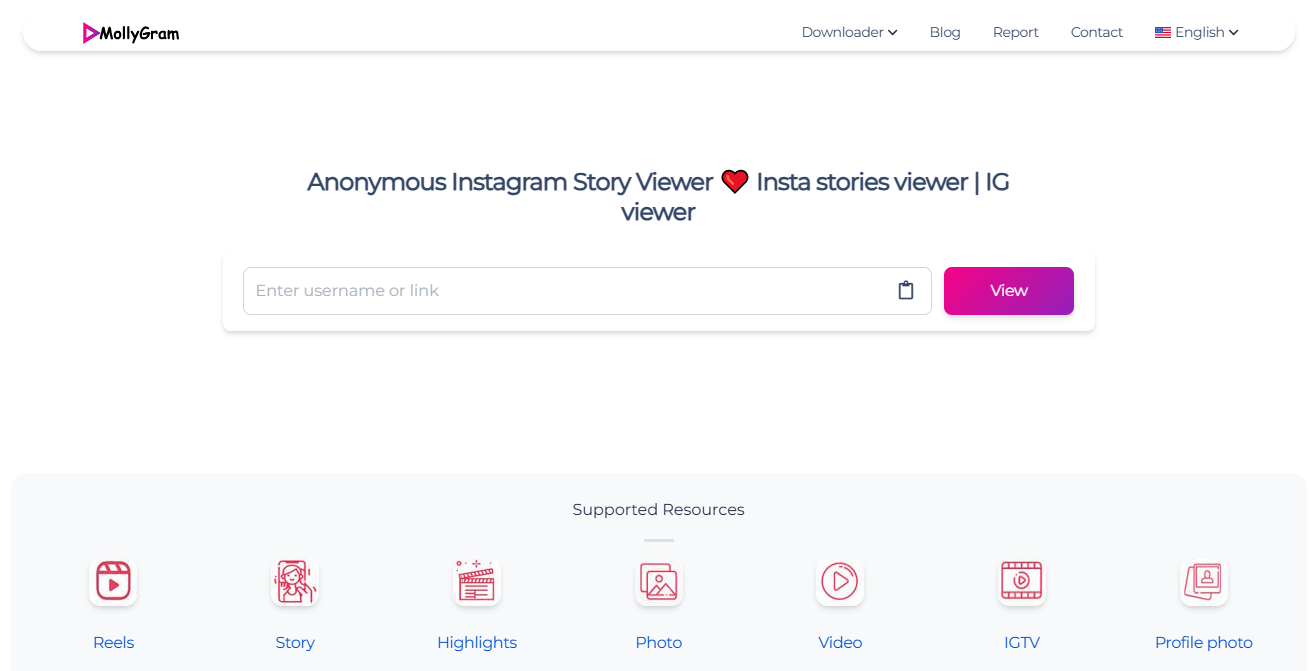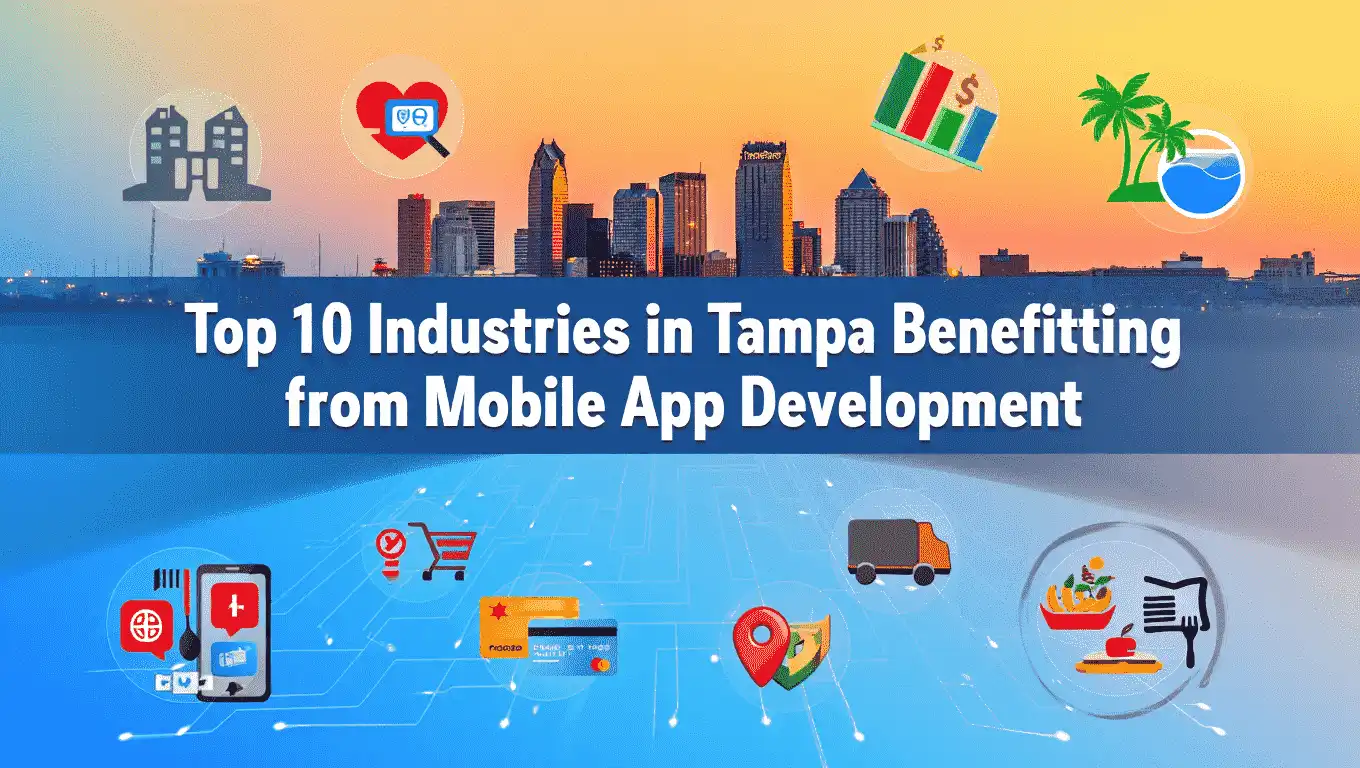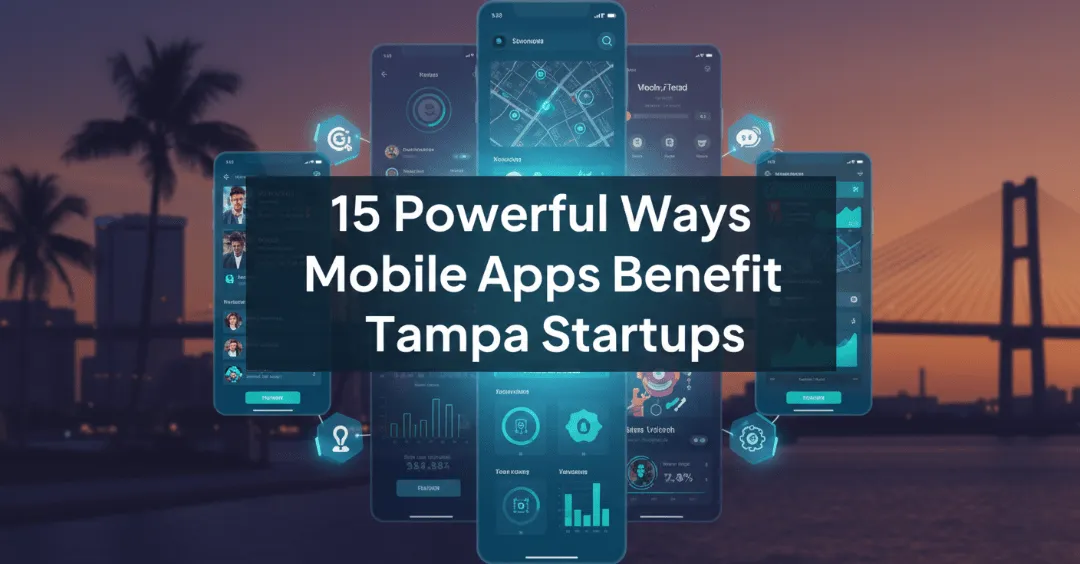A well-designed web presence is the key to success in digital marketing.
Companies that focus on the generation of leads are 133 percent more likely to earn an increase in revenues over those who do not.
Thus, designing your site to capture leads has never been more essential.
Both small and large businesses must be focused on a lead generation website design to create trust, attract attention, and turn potential leads into qualified leads.
In this article, we’ll walk you through essential marketing driven web development tactics, starting with lead generation website strategies and moving toward building conversion focused digital experiences.
If you’re a founder of a start-up or oversee a team of digital professionals in an enterprise, learn how to create a website that delivers tangible outcomes.
Why Lead-Centric Web Development Matters
Lead-focused web development makes sure that your website isn’t just visually great but also functions as a hub to help grow your business. It can help you attract people’s attention, build interest, and turn them into leads.
1. Higher ROI
Websites specifically designed for lead generation will increase conversions dramatically. Companies that have successful lead generation sites get as high as 126% greater growth in leads.
2. Audience Expectation
The modern-day user demands a seamless online experience. They are looking for fast loading times, intuitive navigation, and clear instructions to take action. A website designed to meet these expectations keeps users engaged and reduces bounce rates.
3. Data-Driven Growth
A lead-focused website does more than collect contacts. It also generates precise information about user behavior. This data allows businesses to tweak strategies, personalize the content they offer, and drive more intelligent marketing decisions that result in constant growth.
4. Competitive Advantage
Businesses with lead generation websites stand out in crowded markets. A strategic website positions your brand as credible and professional, giving prospects confidence to choose you over competitors. It builds trust and differentiates your services or products, helping you stay ahead.
5. Better Alignment with Sales Teams
A website built for leads bridges the gap between marketing and sales. It ensures the leads collected are high quality and relevant, making follow-ups easier and more successful. This alignment boosts efficiency and helps sales teams close deals faster.
Core Principles of Lead Generation Website Design
Are you looking for a website that hits? It should balance user-friendliness, clarity, and trust. These are the most important ideas:
- Clare Value Proposition: Quickly define the problem you are solving, who you solve it for, and the reason why your solution is distinctive. The audience should grasp your value in less than five seconds.
- Visual Hierarchy: Design elements in a way that visitors naturally see headlines, calls to action, and important information first. A strong hierarchy directs visitors to conversion-focused website development goals.
- Fast Loading Time: Speed matters for UX as well as rankings. Websites that load in less than two seconds will keep users interested and drastically improve website optimization for leads.
- Responsive Design: More than 50% of leads are generated via mobile. Responsive layouts make sure that the lead generation website design delivers an outstanding experience on mobile devices, tablets, and even desktops.
- Trust signals: Show testimonials, customer logos, industry certifications, and security credentials. They increase confidence and make people more likely to share their information and turn into leads.
- Engaging CTAs: A single call to action on each page identifies the next step and harnesses the power of web design services.
Conversion Strategies for Lead Generation Website Design
Creating a high performing lead generation website is not about flashy visuals. It is about guiding users through a seamless journey that turns curiosity into contact. A study by HubSpot shows that websites optimized for conversion can improve lead volume by up to 74 percent. To achieve that, you need a website that combines data, content, design, and development with intent.
Let’s walk through a structured approach that blends both strategy and execution.
Begin With a Site Audit Based on Behavior
Before making changes, analyze how visitors interact with your current website. Use tools like Hotjar or Microsoft Clarity to review heatmaps, scroll depth, and rage clicks. Google Analytics can help you understand which pages are underperforming.
Here’s what to examine:
- Bounce rate and average session duration
- Form abandonment rates
- Top exit pages
- Button click-through behavior
- Page speed performance
This data reveals where users are losing interest and which content or layout elements need to be improved.
Define and Design for the Right Audience
A conversion focused website development strategy begins with knowing your audience. Go beyond demographics. Create customer profiles that define pain points, buying triggers, objections, and decision timelines.
Then align content and layout based on what each audience segment wants to see. For example:
Persona | Trigger | Key Page Element |
Startup Founder | Fast launch, clear pricing | Simple pricing page |
Marketing Manager | ROI, case studies | Case study slider section |
Nonprofit Team | Trust, ease of use | Testimonials and badges |
This strategic content mapping ensures your messaging speaks directly to user needs, increasing the likelihood of conversion.
Guide Visitors With Intentional User Journeys
Use a visual funnel strategy to plan the paths users take from first visit to final action. Every page should guide the visitor closer to the conversion point.
- Use contrasting and consistent call-to-action buttons
- Place CTAs above the fold and after key value points
- Create anchor menus to reduce scroll fatigue
- Add breadcrumbs or sticky navigation for better UX
A study by Clutch revealed that 94 percent of users judge websites based on usability. The more intuitive the journey, the more likely they are to stay and convert.
Use A/B Testing to Find What Works Best
Testing improves both user experience and conversions. Experiment with:
- Button colors and wording
- Headline structure and length
- Form layout and number of fields
- Hero section messaging
Even small improvements can lead to large gains. For instance, Unbounce reported that testing form layouts increased conversion rates by 32 percent in one case study.
Personalize Content Wherever Possible
Modern lead generation website design must adapt to visitor behavior. Show content based on:
- Visitor location
- Returning vs new users
- Traffic source (paid, organic, referral)
- Pages viewed on past visits
For example, a user who previously visited your pricing page can be shown a testimonial carousel when they return. This type of personalization can increase conversions by up to 80 percent according to Econsultancy.
Design for SEO and Load Speed Together
Marketing driven web development must blend design with visibility. Pages should be structured with:
- Keyword rich H1 and H2 tags
- Image alt attributes and compressions
- Clean, crawlable code
- Lightweight design elements
Website load time is a critical metric. A report by Portent found that websites that load in under 2 seconds convert 50 percent better than slower ones.
Integrate Analytics and Your CRM
Don’t let your lead data sit in silos. Connect contact forms, popups, and chatbots directly with your CRM system. Syncing this data allows for:
- Real time lead tracking
- Personalized follow-ups
- Smarter retargeting campaigns
- Improved sales qualification
According to Salesforce, companies that integrate their CRM with their website report a 29 percent increase in lead nurturing effectiveness.
Create Value in Thank You Pages
A thank you page should never be a dead end. Instead, it can:
- Recommend a related blog or resource
- Offer a case study or free download
- Invite to follow on social media
- Include a referral incentive or email signup
This keeps users engaged after conversion and increases opportunities to deepen the relationship.
Use Conversion Boosting Visual Elements
Visual design plays a direct role in how users feel and act on your website. Here’s how to leverage it:
- Use modern, marquee style web design to create an engaging first impression
- Apply directional cues like arrows or gaze lines to guide focus
- Use real photography instead of stock images
- Ensure mobile responsiveness with touch friendly buttons
- Keep visual hierarchy clear, especially around CTAs
Eye tracking studies show that users form an impression within 0.05 seconds. First impressions count. Design like it matters.
Lead Funnel Architecture for Your Website
A well-designed lead funnel will help convert visitors into customers. Here’s the blueprint to create a journey that’s focused on conversion:
Stage | What It Means | Key Actions |
Attract | Get people to visit your site with valuable content and increase the ability to be seen across various digital channels. | Utilize SEO blogs, blog posts, and social media, as well as paid advertisements, to increase traffic and brand recognition. Make sure you tailor your content to your customers’ needs and preferences. |
Engage | Engage visitors and lead them further into your experience. | Provide clear navigation, captivating visuals, and interactivity. Let users know what they must do next to discover your offerings or services. |
Capture | Turn visitors into leads by capturing their data for a price. | Utilize well-designed forms, chatbots, secure content, and appealing deals. Make your forms as short as possible to prevent drops, and also test different positions for the best results. |
Nurture | Establish trust and remain in the forefront while leaders think about their choices. | Send relevant email sequences, provide important insights, and make use of advertisements that are retargeted. Make sure to tailor your messages based on the interests of your customers or previous interactions. |
Convert | Guide leads make the final step to become customers. | Encourage actions like demos, purchases, or bookings. Make the process easier with a few steps, a clear call to action, and assurance about the security or satisfaction guarantee. |
Analyze | Take advantage of data and make improvements to each stage of your funnel as time goes by. | Keep track of metrics such as bounce rates, conversion rates, and user paths. Make use of the insights to improve the design, copy, and deals, as well as general website strategies for lead conversion. |
Tools to Support Conversion Development
Utilizing the right tools makes it much easier to make your website more effective to attract leads. They can reveal what visitors are looking for, where they’re stuck, and what they can do to increase conversion.
Tool | Purpose |
Hotjar | Heatmaps and session recordings to find UX gaps |
Google Analytics | Tracks traffic, behavior, and conversion sources |
Drift Chat | Real-time chat to engage and guide leads instantly |
Leadfeeder | Reveals company names behind anonymous visits |
HubSpot Forms | Flexible and easy-to-integrate lead capture forms |
Google Optimize | Runs A/B tests to improve on-page performance |
Incorporating Visual Impact
An excellent first impression begins with the fold. A well-designed intro banner or hero section could enhance the appeal of your site.
Modern marquee-style web design attracts users immediately and sets the stage for conversions.
Take a look at these suggestions to build a powerful hero section:
- Make sure that messages are clear and concise.
- Use high-quality photos or videos
- Highlight your main call to action.
- Ensure that page speeds are quick for all devices
Are you ready to transform your website into a lead-generating machine?
If you’re looking to increase conversions, traffic, and revenue through a website built for results, our web design and development team is here to help.
Let’s build a high-performing digital platform that attracts leads and fuels your business growth.
Conclusion
The creation of a lead-driving site is a continuous process, not just a one-off project. Start with your users and create a flowchart of the user experience. Mix persuasive copy, clear design, and effective conversion strategies. Monitor performance and continually improve.
Through marketing-driven web development and solid website strategies for lead conversion and growth, you’ll be able to generate more and profit over time.
FAQ
What exactly is lead generation website design?
A method of design that is focused on collecting contact information of visitors through forms and offers as well as chat software. It helps users convert.
How can I optimize my website to attract leads?
Concentrate on your unique selling point. Create clear CTAs and accelerate load times. Include trust signals and conduct A/B tests.
What is the reason why conversion-focused website development is important?
It transforms websites from the brochure or static phase to a dynamic pipeline, which helps to increase revenue and sales for your company.
What metrics should I be keeping track of?
Keep track of the form submissions, bounce rates, sessions, session time, click-throughs, session time, and lead quality to track the performance of leads.
What is the difference between marketing-driven web development and web design?
While web design is focused on the user experience and visuals, marketing-driven development is focused on data integration, conversion, and growth targets.
Arsalan Chauhdary is the CEO of Halo Digital and a senior full-stack developer with over 8 years of experience building scalable, secure, and high-performing digital solutions. As a thought-provoking leader and hands-on architect, he blends strategy with code to transform ideas into impactful web and mobile platforms. Passionate about clean architecture, Laravel, JavaScript, and solving real-world problems, Arsalan continues to guide teams and clients through the evolving landscape of modern development.






